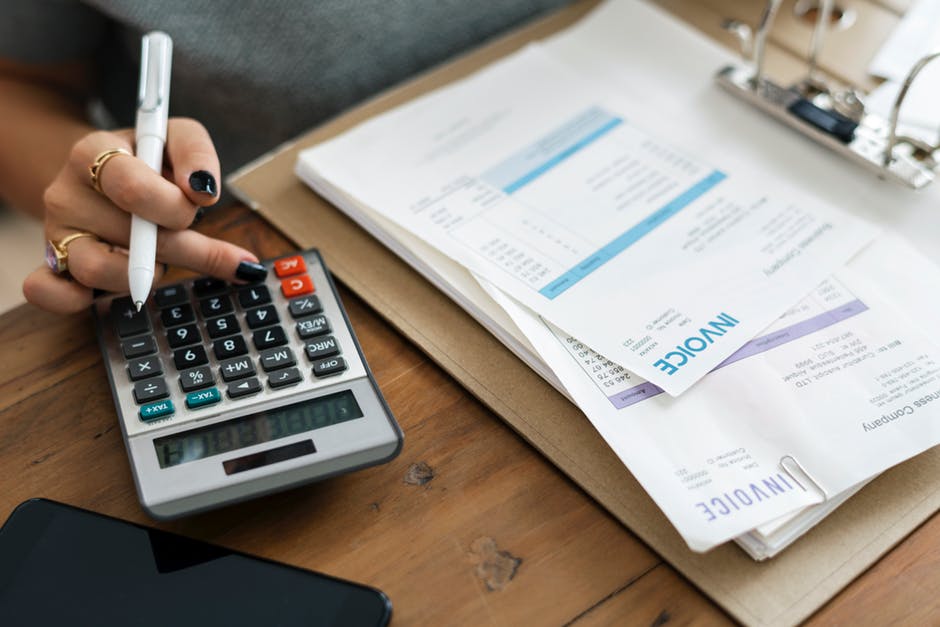Invoices indicate business transactions. When you send one to a client, you’re requesting payment for a product or service you provided.

But if you forget to include all the necessary information, you might not get all the money you should. That’s why we’ve put together this guide to show you how to start writing an invoice that looks professional.
So let’s get started.
Name of Your Business
The first thing you should put on your invoice is the name of your business. This not only makes your invoice look professional, but it also lets your client know who they’re paying. Adding your business name and logo also improves brand recognition.
If you’re self-employed, your business name might just be your first and last name.
Your Contact Information
After your business name, you need to add your contact information. This lets the client know where to mail the check or how to get in touch with you if they have any questions.
Invoice Number
Each of your invoices should have their own invoice number. Otherwise, tax season will be a lot more difficult.
For example, the first invoice you send to a client might have the number 001 while the second invoice you send has the number 002.
You should also add the invoice date—or the date you sent the invoice. This will help you keep track of any late payments.
Payment Terms
These don’t have to be complex, but your invoice needs some basic payment terms.
In other words, you should add the payment due date, what type of payment methods you accept, and what happens if the client makes a late payment. This will ensure the client understands how and when to pay.
List of Products/Services
Make a list of each product/service you provided for the client. Add a description of each product/service, the quantity of each product/service (if applicable), and the rate you charged for each product/service.
Write the exact cost of each item next to it. Then add them together and include the subtotal at the end of the list.
Total Amount Due
After the subtotal, make sure you apply any discounts or sales tax. Show any charges you’ve added or subtracted and the reason for each.
Then write the total amount due at the bottom of your invoice.
How to Make Your Invoice Look Professional
The best way to make your invoice look professional is to have a clear and simple design. Keep things short and to the point. Any unnecessary information will make your invoice look cluttered or confuse your clients.
If you don’t feel confident writing your invoice from scratch, there are plenty of invoice templates out there you can use instead. This will make the process both faster and easier for you.
Writing an Invoice for Beginners
Writing an invoice for each of your clients shouldn’t take up a lot of your time. By sticking to these tips and using templates, you can create professional invoices in a matter of minutes.
Want to learn some other helpful business advice?
Make sure you check out the rest of our blog!






![[Top 9] Chat Forums on Deep Web | Deep Web Chat Rooms | Enter At Your own Risk Top 9 Chat Forums on Deep Web, The Lolita City, onion deep web, dark web lolita, lolita city,](https://www.gadgetgyani.com/wp-content/uploads/2018/03/deep-web-CHAT-FORUMS.jpg)













